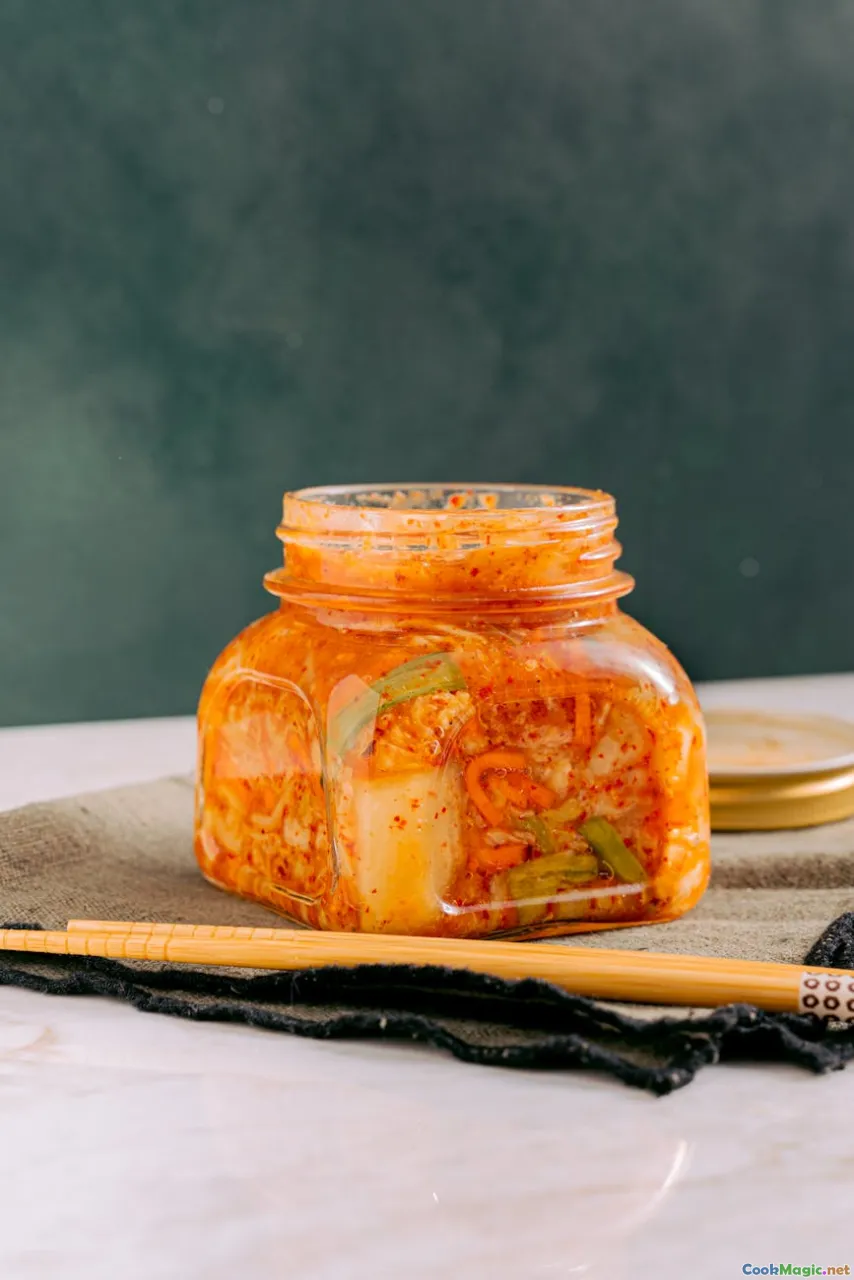Unlocking the Secrets of Ethiopian Spice Blends
7 min read Discover the rich history, vibrant flavors, and cultural significance behind Ethiopia's iconic spice blends that define its culinary identity. May 16, 2025 03:00
Unlocking the Secrets of Ethiopian Spice Blends
Introduction: A Journey into Ethiopia’s Flavor Realm
Imagine walking into a bustling Ethiopian market at dawn, where the air is thick with a symphony of aromas—smoky, spicy, and earthy notes that beckon you closer. There, amidst vibrant textiles and handwoven baskets, lie mounds of vibrant red, golden yellow, and deep brown spices, each telling a story centuries old. Ethiopia’s cuisine is a kaleidoscope of flavors, but at its heart are its legendary spice blends—Berbere and Mitmita. These blends are more than just ingredients; they are the soul of Ethiopian cooking, embodying history, culture, and community.
The Cultural and Historical Significance of Ethiopian Spices
Ethiopian cuisine is one of the oldest in Africa, with roots reaching back thousands of years. Its spices are not merely for flavor—they are woven into the social fabric, used in rituals, celebrations, and daily life. Historically, Ethiopia's position along ancient trade routes introduced an array of spices, but over time, the indigenous ingredients like Berbere and Mitmita evolved into unique blends that reflect the land’s diverse topography and cultural influences.
Ancestral Flavors and Preservation of Identity
Spice blending is an art passed down through generations, often within families or local communities. Each region has its own twist, and recipes are considered treasured secrets. These blends serve as a culinary passport, connecting Ethiopians to their ancestors and homeland.
Deep Dive into Key Ethiopian Spice Blends
Berbere: The Quintessential Ethiopian Spice Mix
Berbere is the backbone of Ethiopian cuisine, a fiery, aromatic medley that elevates everything from stews to roasted vegetables.
Composition and Variations
Traditionally, Berbere includes a complex mix of spices such as
- Chili peppers (dried and ground)
- PaprikaorEthiopian bird’s eye chili for heat
- Gingerandcardamom for warmth
- Cuminandcoriander for earthiness
- Fenugreek seeds for bitterness and depth
- Allspiceandcloves for aromatic complexity
- Korerima (Ethiopian spice akin to cardamom) for a fragrant finish Some recipes also incorporate niter kibbeh (a spiced clarified butter), which enhances aroma and richness.
The Sensory Experience
The scent of Berbere is intoxicating—spicy, smoky, with hints of citrus and sweetness from roasted spices. When toasted, the blend releases a warm, inviting aroma that promises culinary adventure.
Mitmita: The Fiery Companion
Mitmita is a hot, tangy spice blend, often used as a condiment or seasoning for meat, eggs, and lentils.
Composition and Variations
It typically contains:
- Bird’s eye chili peppers (for intense heat)
- Cardamomandclove for depth
- Saltandginger for balance Some versions include cuminorcoriander for added complexity.
Usage and Flavor Profile
Mitmita offers a sharp, piquant kick that awakens the palate. Its fiery heat is balanced by the aromatic spices, making it an essential accompaniment in Ethiopian households.
Crafting Ethiopian Spice Blends at Home
Creating authentic spice blends requires patience and respect for tradition. Here’s a step-by-step guide:
Step 1: Gather Fresh and Dried Ingredients
Quality is key. Use fresh spices when possible, and toast whole spices lightly to unlock their full aroma.
Step 2: Toast and Grind
Toast spices in a dry skillet over medium heat until fragrant. Allow to cool, then grind into a fine powder using a mortar and pestle or spice grinder.
Step 3: Mix and Store
Combine the ground spices in a bowl, taste, and adjust ratios as desired. Store in an airtight container away from light.
Tips:
- Experiment with proportions to suit your heat tolerance and flavor preferences.
- Incorporate niter kibbeh or fresh herbs for personalized variations.
Culinary Applications: Bringing Spices to Life
Ethiopian cuisine is a celebration of these blends:
- Doro Wat: A spicy chicken stew simmered in Berbere.
- Kitfo: Minced raw meat seasoned with Mitmita.
- Atakilt Wat: Vegetable stew flavored with aromatic spices.
- Injera: The sourdough flatbread that acts as a base for many dishes, its tang complementing the spicy richness.
Sensory Experience in Every Bite
The bold flavors of Berbere and Mitmita create a dance of taste and aroma—smoky, fiery, fragrant, and deeply satisfying. The textures range from the coarse grind of freshly ground spices to the tender, spice-infused meats and vegetables.
Personal Insights and Cultural Reflections
Having traveled through Ethiopia, I was captivated by the reverence with which spices are treated. In rural villages, women stir pots of Doro Wat with a reverent hand, their kitchens filled with the warm glow of spices roasting. The communal sharing of meals, seasoned with these blends, fosters a sense of identity and belonging.
Ethiopian spice blends are more than mere condiments—they are a reflection of history, resilience, and artistry. They tell stories of trade, migration, and cultural fusion, all woven into a single spoonful.
Conclusion: Embrace the Richness of Ethiopian Spices
Unlocking the secrets of Ethiopian spice blends offers a window into a vibrant culinary world. Whether you are a home cook or a seasoned chef, embracing these spices invites you to experience a culture where flavor is a language of its own. So, gather your spices, honor their history, and let your kitchen become a tapestry of Ethiopian tradition and taste.
Embark on this aromatic journey and infuse your dishes with the fiery, fragrant spirit of Ethiopia—your palate will thank you.









